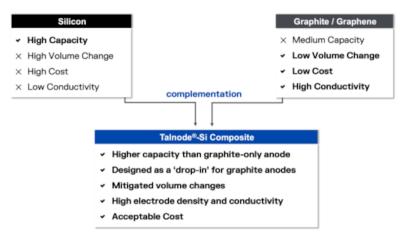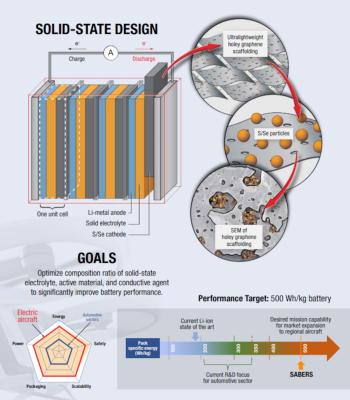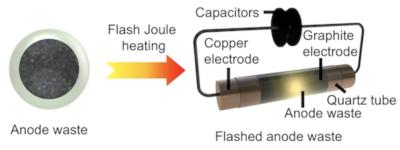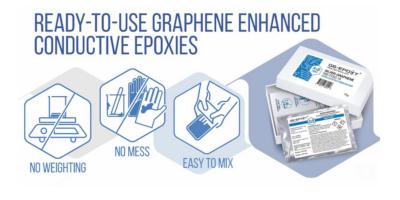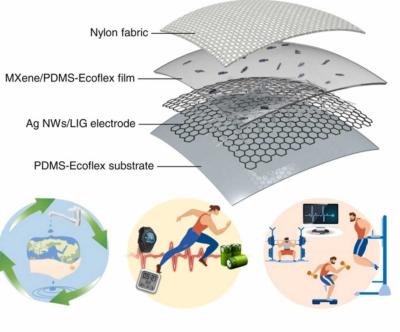Researchers use liquid gallium-oxide to protect graphene devices
Researchers from Monash University, The University of Melbourne and RMIT University have shown a surprising way to protect atomically-thin electronics – adding vibrations, to reduce vibrations.
By ‘squeezing’ a thin droplet of liquid gallium, graphene devices are painted with a protective coating of glass, gallium-oxide. This oxide is remarkably thin, less than 100 atoms, yet covers centimeter-wide scales, making it potentially applicable for industrial large-scale fabrication.


